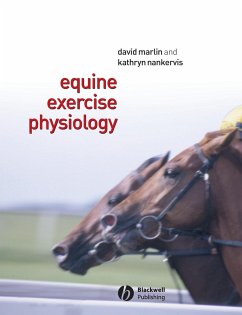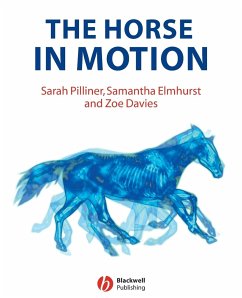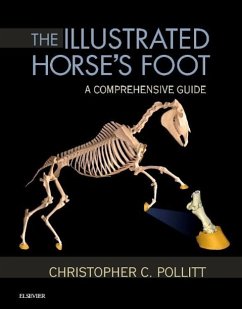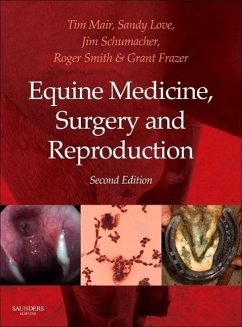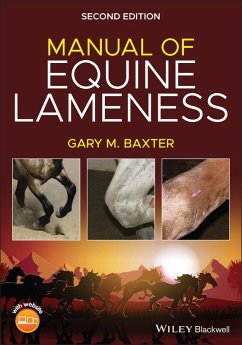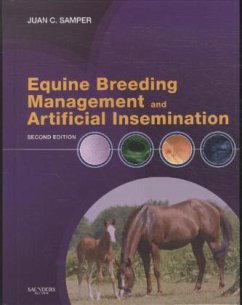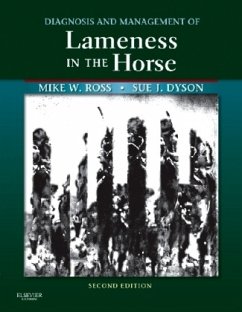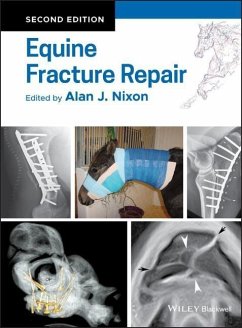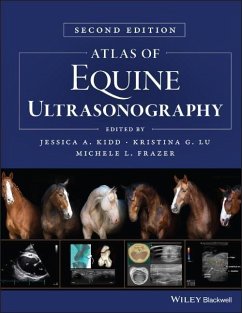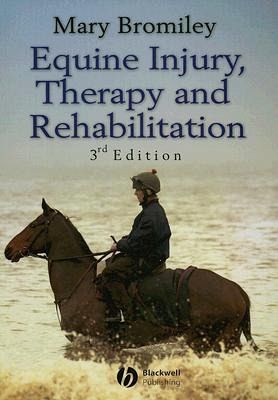
Equine Injury, Therapy and Rehabilitation
Versandkostenfrei!
Versandfertig in 2-4 Wochen
54,99 €
inkl. MwSt.
Weitere Ausgaben:

PAYBACK Punkte
27 °P sammeln!
The original edition was the first book on the subject and it has continued to be a bestseller. Covers a subject that is of worldwide interest. The author is recognised as a pioneer at the forefront of this type of treatment. .



